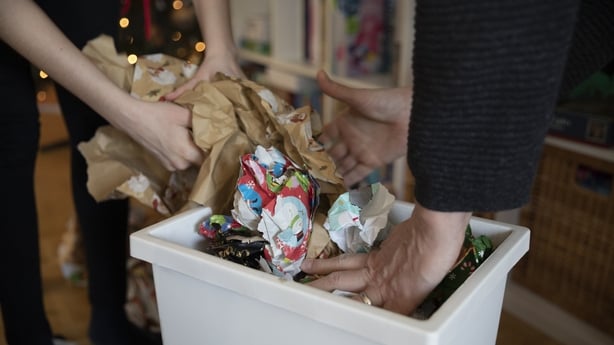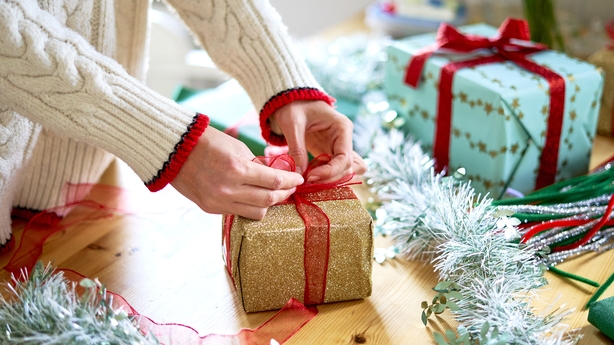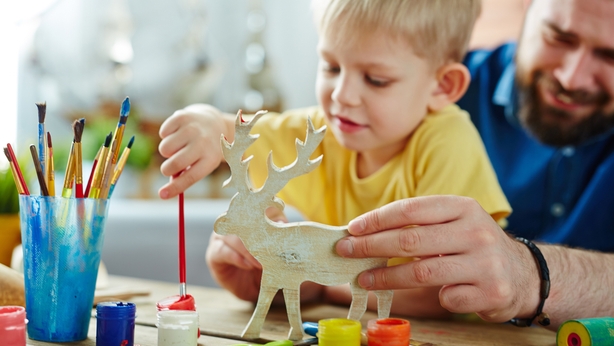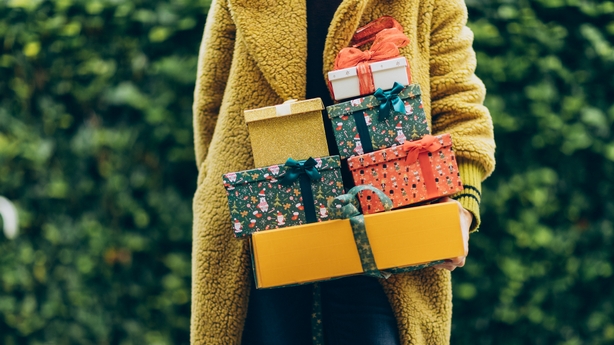Christmas is one of the biggest occasions across the globe for waste generation, with Ireland expected to produce 100,000 tonnes of packaging waste this year.
Happily, according to a survey of 1,000 people conducted by Repak, it seems that a greener Christmas is top of mind for many Irish people this year, with 92% making a conscious effort to recycle packaging items correctly.
To help the public in their efforts, Repak has shared its top tips for a greener Christmas:
Wrapping paper
Wrap up this year in style by re-imagining and recycling wrapping paper from gifts received, remembering to keep it clean, dry, and pop it in loose.
Sticky tape is not recyclable and should be put in the waste bin. Where possible, try to remove all loose strands of sticky tape from cardboard boxes and wrapping paper before you recycle them.
Paper/cardboard
Don't forget to recycle all the paper, cardboard boxes and Christmas cards.
Glittery and metallic paper and card can't be recycled. When it comes to recycling your cards, if you have any with glittery sections, tear these off and only recycle the non-glittery parts.

Sweet and biscuit wrappers
Indulge in those essential holiday treats, but remember, the party isn't over until you recycle the wrappers. Re-imagine plastic this Christmas by placing all your empty sweet and biscuit wrappers into the recycling bin clean, dry and loose.
Soft plastics
Give plastic a second life by placing it in the recycling bin – all plastics, including soft plastic (anything you can scrunch in your hand) can go in the recycling bin.
Glass bottles
Get into the festive spirit of re-imagining glass this Christmas by recycling your glass bottles. Once you've enjoyed your drinks, make sure those empty bottles find their way to your local bottle bank.
Remember: All packaging that can be recycled must be clean, dry, and loose. So don't make the mistake of putting it all in a plastic bag or throwing greasy cardboard or soiled tissue in there either.

Sustainable shopping
On average, Irish people plan to spend €375 on gifts this year. However, people are more likely to buy presents that can be reused or kept for a long time, with almost half (49%) saying sustainability is a significant consideration when shopping for others this Christmas season, just 5% stated that they never consider sustainability as a factor.
Read more: Simple ideas for making gifts from scratch

Beloved decorations
When it comes to decorating, research shows that an increasing amount of people are opting for a more environmentally conscious approach this year. 72% of those surveyed say they will use last year's decorations in a bid to reduce their environmental impact, with a further 43% choosing to use low energy sources when it comes to lighting.
A further 18% say they will create homemade decorations from reusable materials instead of buying new ones this Christmas.
Read more: 9 DIY Christmas decoration ideas to make as a family

Smart wrapping
When it comes to wrapping gifts in a more sustainable way, 44% plan to use reusable gift or tote bags, while 30% will opt for recycled wrapping paper or newspaper.
Across the board, the research indicates there is a considerable uplift in those willing to put sustainability at the forefront this Christmas to reduce their environmental impact and mitigate the over production of waste.
Read more: Creative ways to gift wrap your presents this Christmas

Buying better, buying local
Although price is a key factor when purchasing gifts this Christmas (60%), quality is also important, with over half (55%) opting for it as a key consideration. 21% of those surveyed agreed that they are more likely to buy Irish this Christmas, with 29% saying that buying from Irish retailers and supporting local businesses is a key priority.

